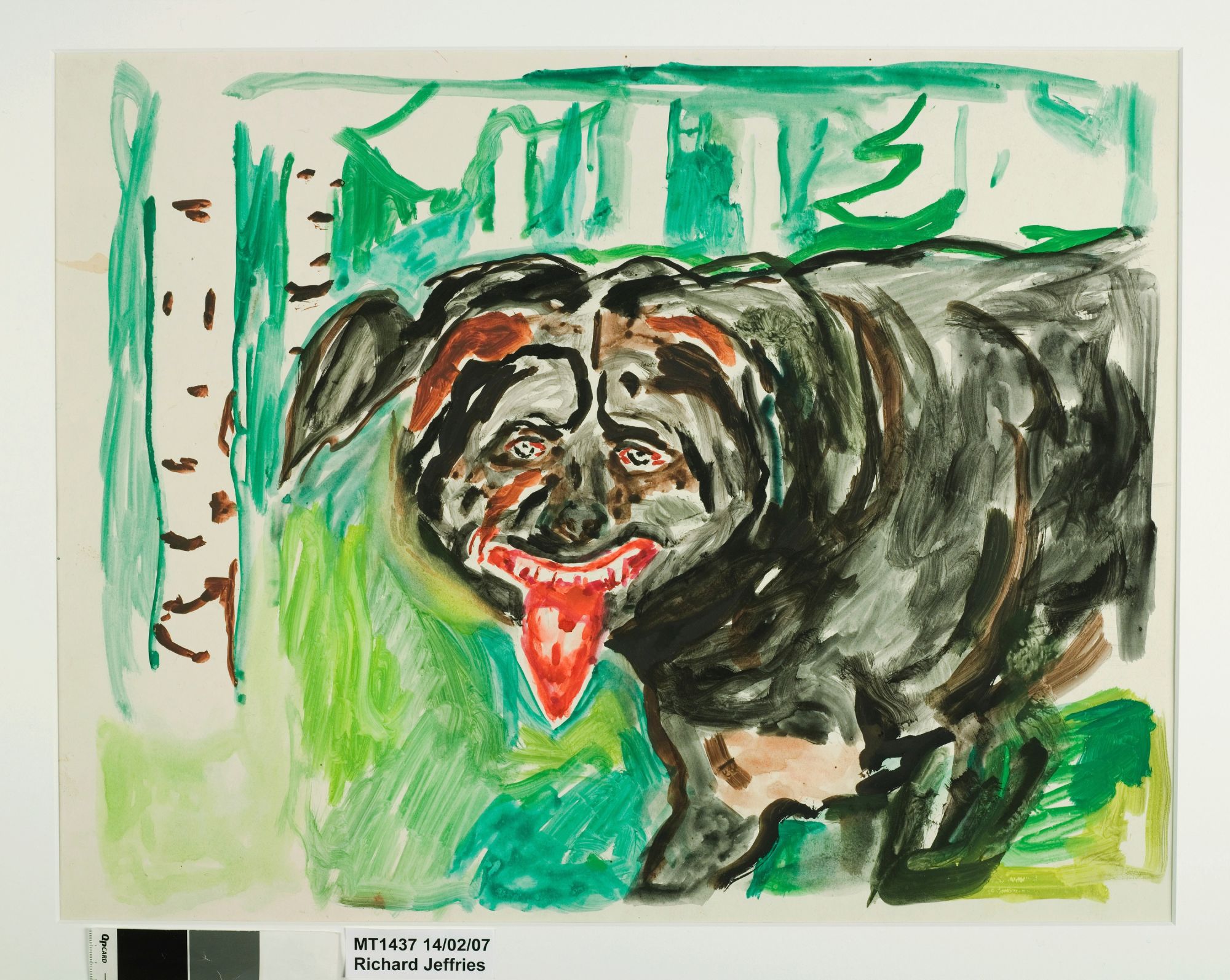Editor’s Note: This article was published in partnership with Artsy, the global platform for discovering and collecting art. The original article can be seen here.
How the masterly hands behind the Sistine Chapel ceiling or “The Starry Night” (1889) could conceivably create anything atrocious is confounding, but even art history’s virtuosi managed some pretty dire blunders.
Overworked pictures, wonky perspective and amusing anatomical misinterpretations are usually chalked up to anomalies, redeemed by other tour-de-force accomplishments. But it’s comforting to remember that even geniuses can achieve some rather astounding feats of ugliness. Below, we dissect nine surprising missteps by some of the world’s most beloved artists.
“Night” (c. 1520-32), by Michelangelo
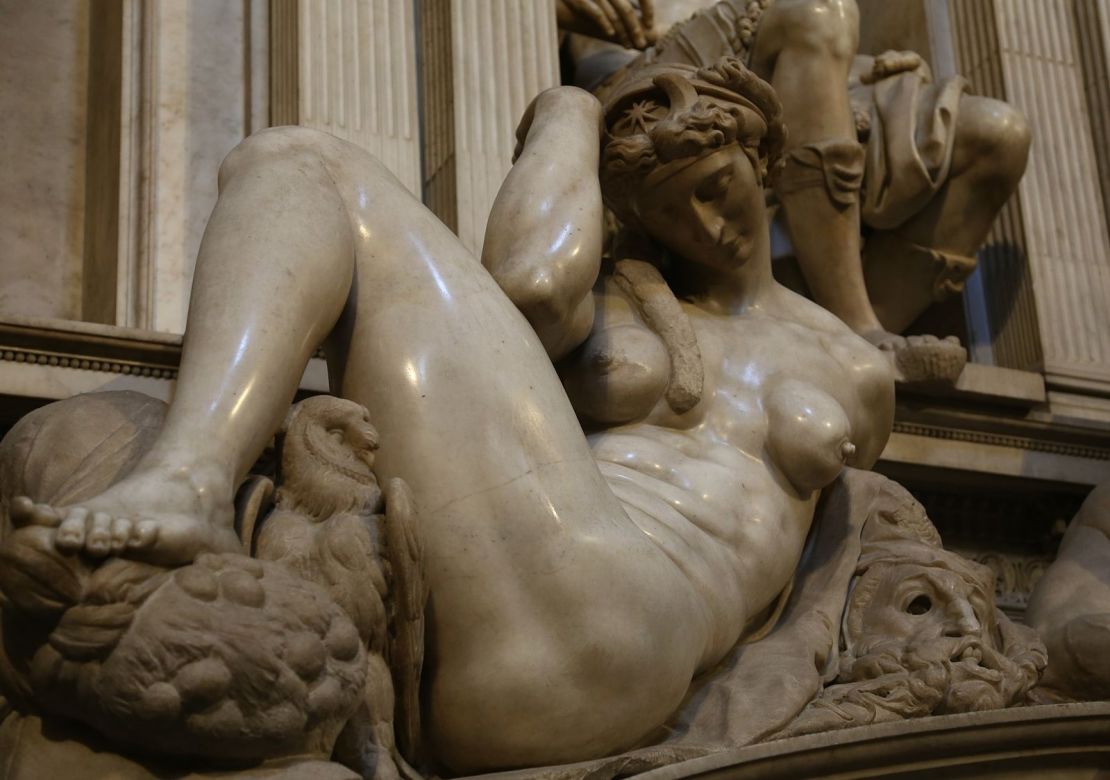
Forged to crown Giuliano de’ Medici’s tomb, “Night” is a magnificent allegorical sculpture of a sleeping woman. Like many of Michelangelo’s women, “Night” has a muscular stature akin to that of her male counterpart, “Day.”
The revered Renaissance master was known to employ male models for his female likenesses – a common practice at the time, as a woman posing nude was considered disgraceful. Despite Michelangelo’s tremendous dexterity, he was shockingly inept, or perhaps careless, when it came to breasts.
Indeed, Night’s chest is so disfigured that in 2000, oncologist Dr. James J. Stark published a paper hypothesizing that cancer was to blame for her deformity. In Michelangelo’s defense, art historians have attributed these unconvincing appendages to choice: His reputed homosexuality has led some to believe that the artist was disinterested in – or altogether unfamiliar with – the female form.
“Stone Operation (Allegory of Touch)” (c. 1624-25), by Rembrandt
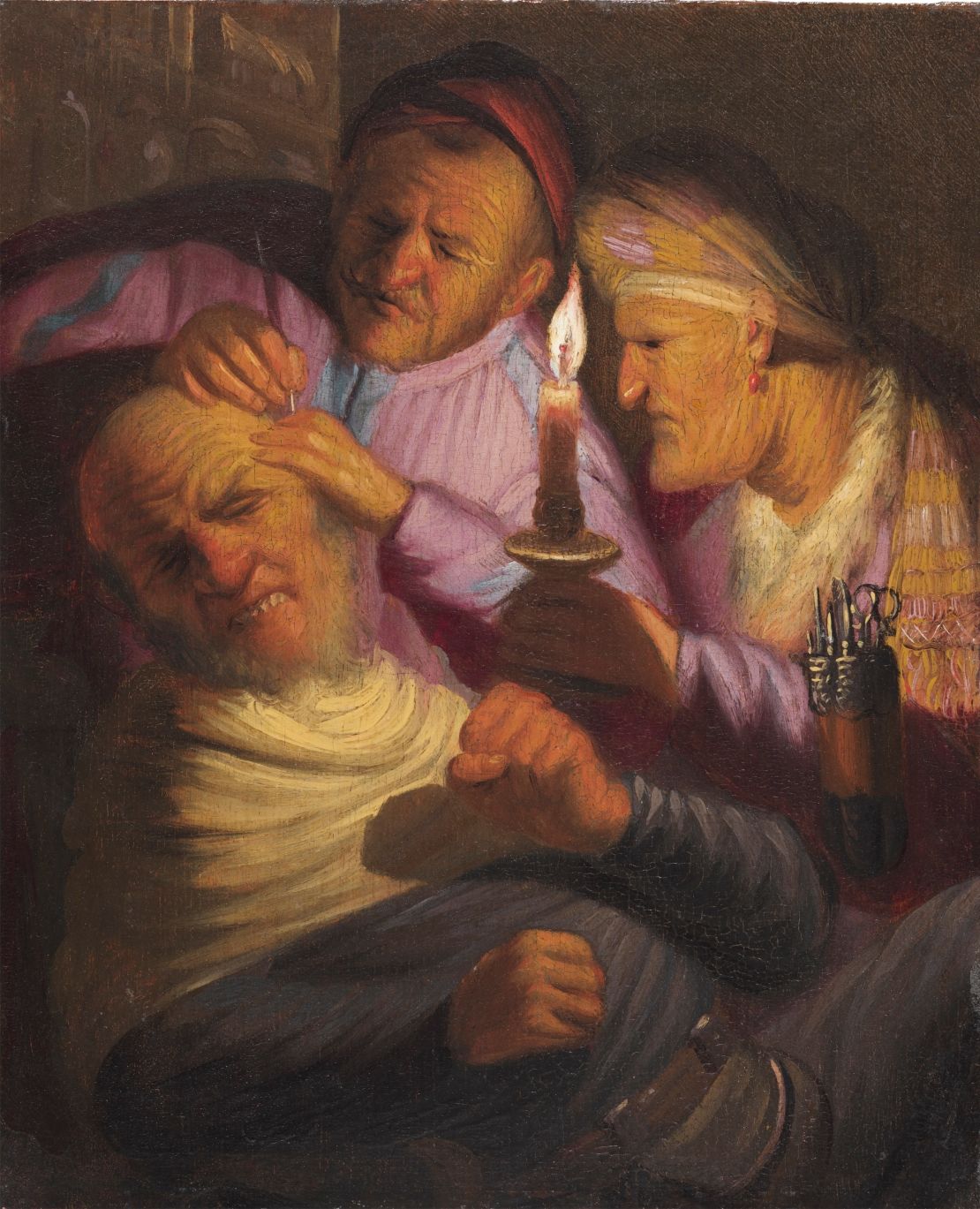
A grotesque trio engaged in what appears to be a dubious medical procedure is illuminated by a wrinkled old woman holding a candle. She casts a dim light on the patient’s temple as a barber-surgeon dives in with a scalpel, causing him to grimace and clench his fists in pain.
This unpleasant image belongs to “The Series of the Five Senses,” a set of five allegorical paintings made by Rembrandt when he was only about 18 years old. The odd subject alludes to the archaic phrase “to have a stone removed from one’s head,” a fictive operation to cure foolishness or stupidity. “Stone Operation” seems crudely rendered, but presages the technical skills Rembrandt would cultivate as a mature artist.
“The Overturned Bouquet” (1660-79), by Abraham Mignon
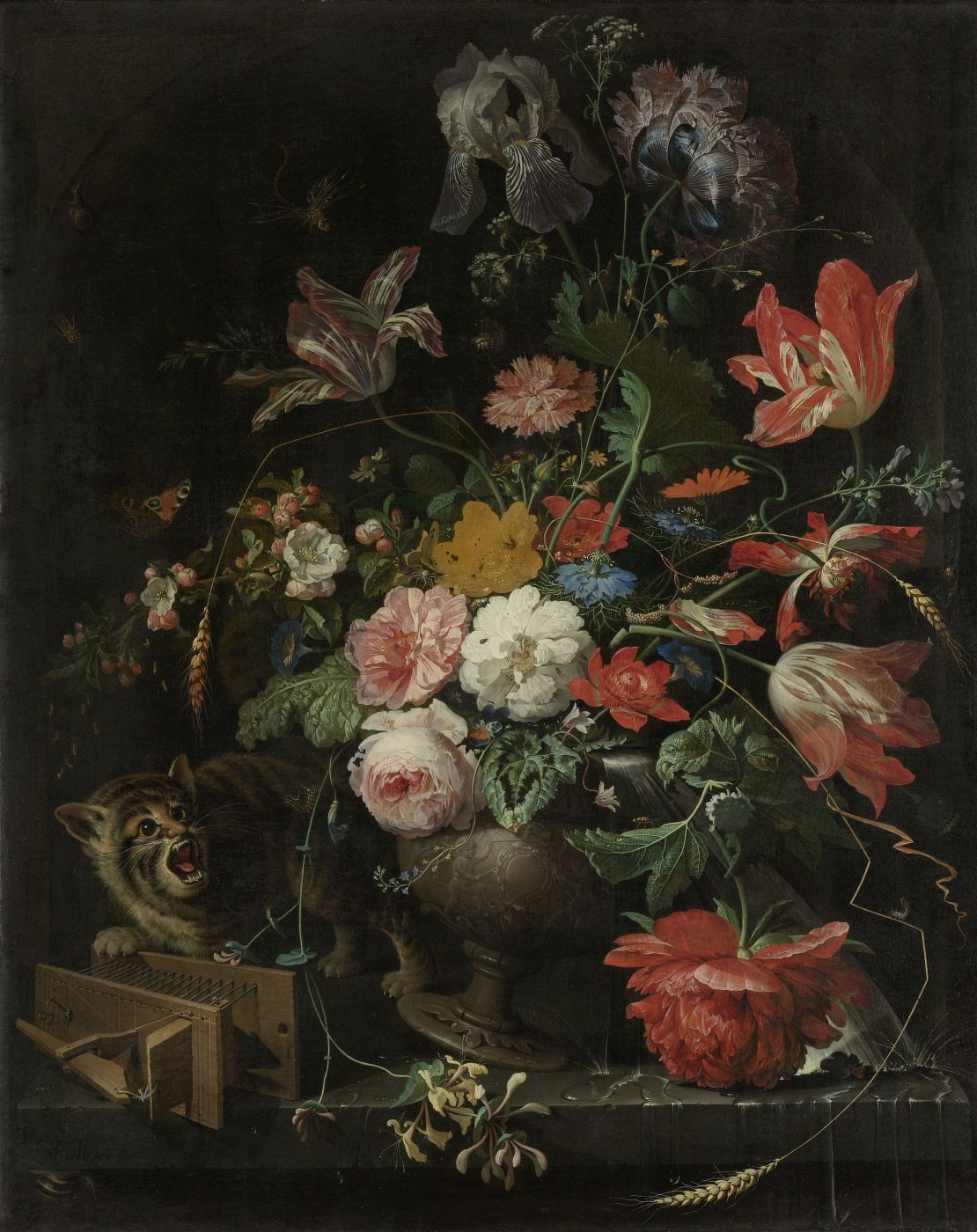
Bursting with luminous, silken flora,”The Overturned Bouquet” is an upturned scene in which a tipping urn wreaks havoc on what would normally be a tranquil still life. Water cascades onto the table as frazzled insects fly off of snapped stems, all rendered with exceptional finesse.
Closer inspection reveals the picture’s gnarly antagonist: a hissing cat, whose horseplay with a mousetrap has gone awry. In contrast with the realism of the flowers and insects, the cat more closely resembles a beastly hybrid animal with the ears of a bat, the nose of a human and the mouth of a shrieking monkey. In a single image, Abraham Mignon achieved both superb painterly verisimilitude and a feline botch job for the ages.
“El tío Paquete” (c. 1819-20), by Francisco de Goya
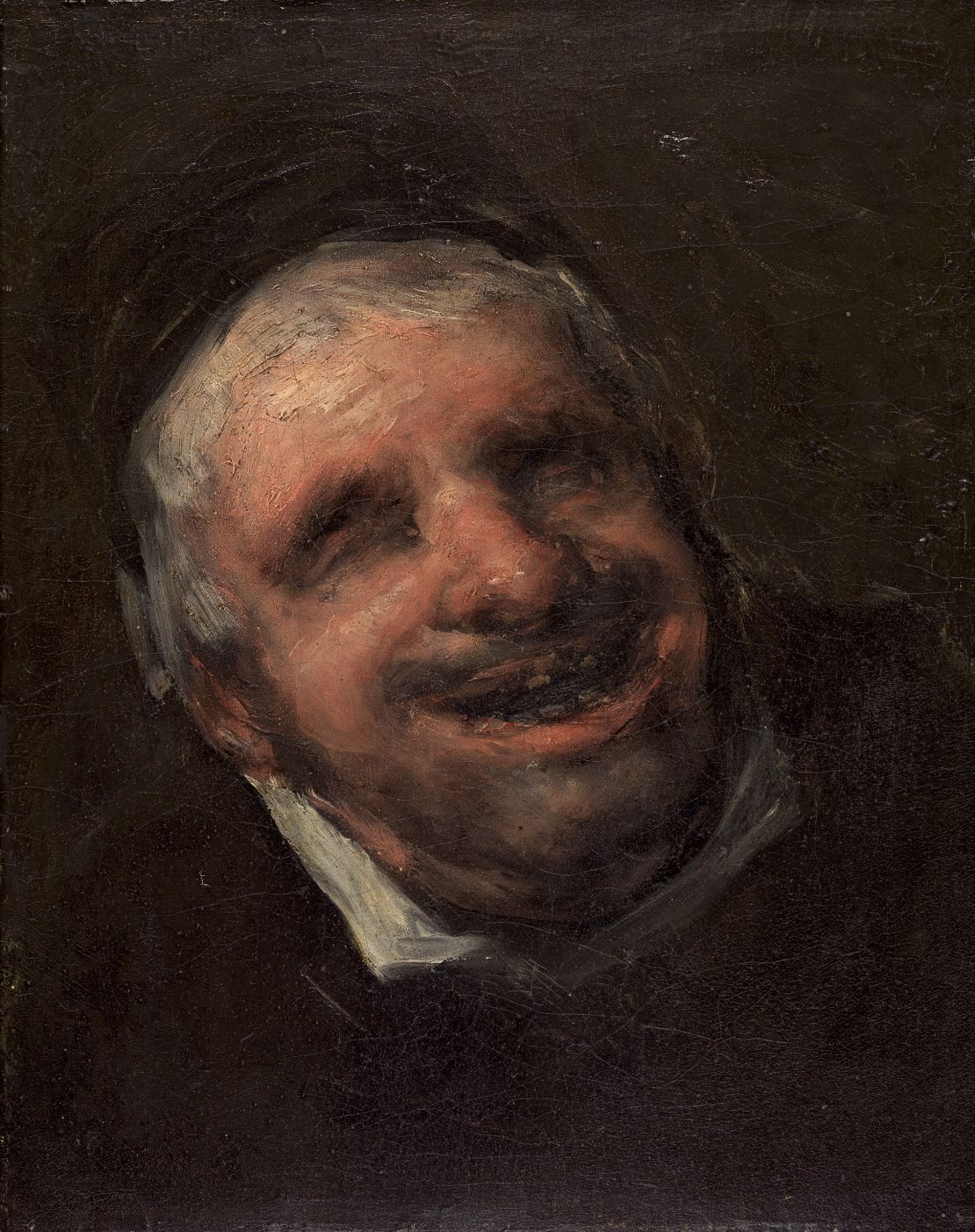
He may be regarded as the greatest Spanish painter of the Romantic period, but Francisco de Goya does the apparently bulbous-headed, scantily toothed Tío Paquete no favors in this coarsely executed portrait.
On the back of the canvas, Goya billed his subject “el célebre ciego fijo” (“the famous local blind man”). A well-known blind singer and guitarist in Madrid, Tío Paquete posted up daily outside the church of San Felipe el Real. But according to Goya’s portrayal, Tío Paquete, with his manic, laughing face emerging in quick impasto brushstrokes from opaque darkness, was more sinister than gregarious. The disturbing likeness is linked to Goya’s late “Black Paintings” (1819-23), characterized by their bleak color palettes and macabre images, which indicate the artist’s looming fear of death.
“Fishing” (c. 1862-63), by Édouard Manet
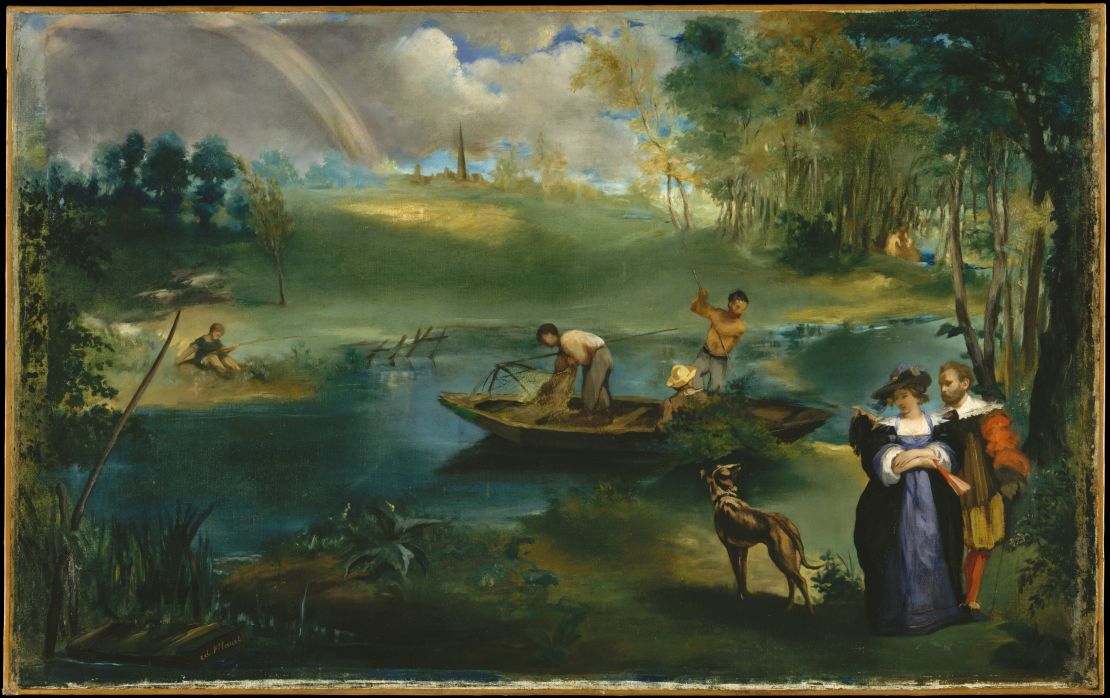
This surprisingly sloppy landscape depicts the otherwise illustrious painter Édouard Manet with his future bride, Suzanne Leenhoff, in the lower right-hand corner of the canvas. Their 17th-century costumes nod to Peter Paul Rubens’s Park of the Château de Steen (c. 1632-35), in which the influential Flemish painter is similarly posed next to his wife.
In Manet’s canvas, fishermen toil in a small boat on the river, while a boy lazily casts a line on the far bank. In the background, a curiously dull rainbow pours into a far-off village marked by a tall steeple. While peripheral vegetation and trees in this arcadian scene were crafted with detail and care, the disproportionate scale and impossibly smooth terrain of the central composition renders “Fishing” so weak, it appears unfinished.
“The Potato Eaters” (1885), by Vincent van Gogh
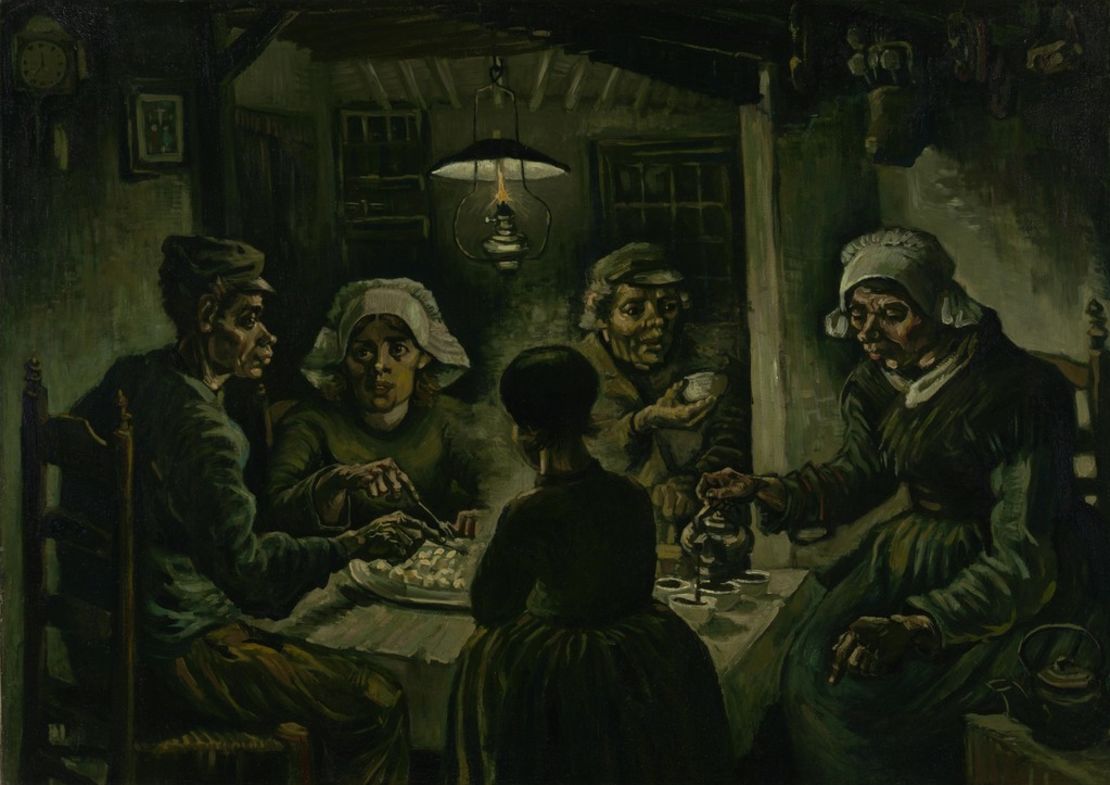
Although it’s considered Vincent van Gogh’s first significant painting, “The Potato Eaters” is far from the expressive, game-changing artworks he would produce later in life. The self-taught artist had yet to master texture, color or portraiture at this stage of his career, and the unsightly faces on the misshapen heads of these peasants fosters a drab, imbalanced composition.
That said, Van Gogh effectively illustrates a humble domestic scene, and its formal clumsiness still manages to achieve an endearing familiarity. What “The Potato Eaters” lacks in technical skill is made up for with the evocative undercurrent that would eventually make Van Gogh an art star.
“Marcelle Aron (Madame Tristan Bernard)” (1914), by Édouard Vuillard
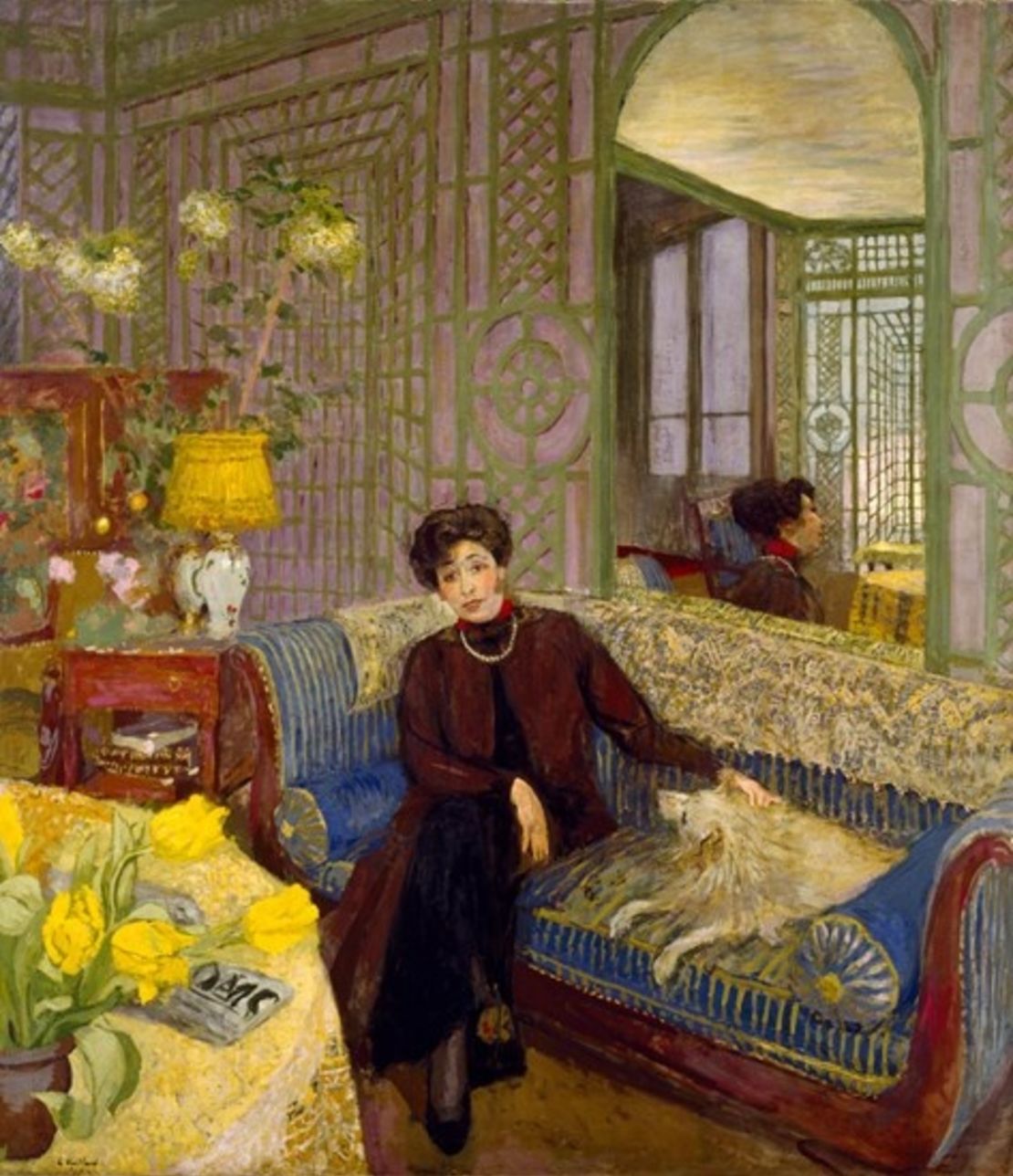
Édouard Vuillard was a key member of the Nabis (Hebrew for “prophets”), an exclusive group of Post-Impressionists who sought to elevate the decorative function of painting. Vuillard’s style is largely characterized by intimate interior scenes, in which heavily ornamented textiles (wallpaper, dresses, bedding) are harmoniously juxtaposed with flat, simplified human figures.
“Marcelle Aron (Madame Tristan Bernard)” from 1914 is a comparatively overworked picture devoid of the magic and vision of his paintings and prints produced in the 19th century. While Vuillard’s later work was dismissed by critics for its lack of ambition, this society portrait is arguably too ambitious: The mess of clashing colors and patterns distract from an otherwise agreeable (if supremely bourgeois) painting.
“Angry Dog” (c. 1938-43) by Edvard Munch
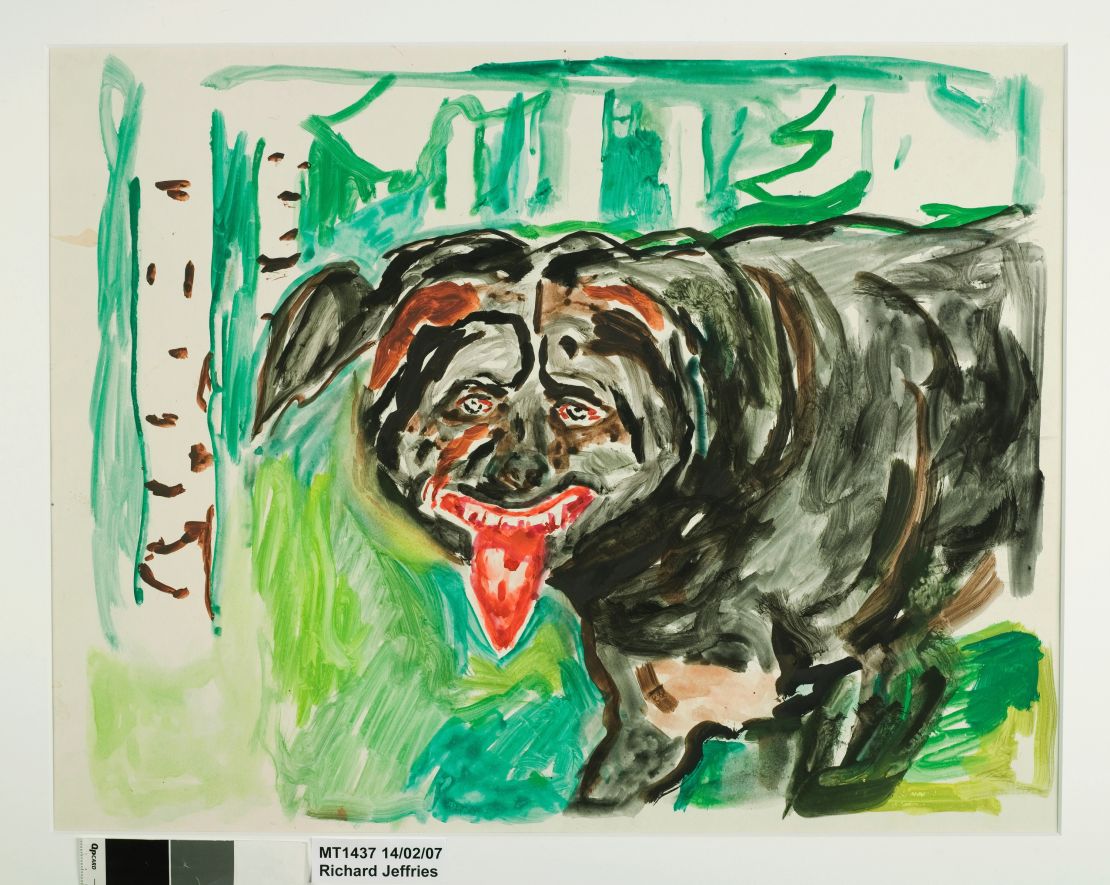
For an artist who so exquisitely captured the harrowing depths of human despair, “Angry Dog” is a surprising component of Edvard Munch’s oeuvre. Munch forged a contentious relationship with his neighbor’s dog, Rolle, whose boundless roaming and fierce disposition drove the mercurial artist to scribble several unflattering – if not downright childlike – drawings and lithographs.
According to Rolle’s owner, Mr. Gunnerud, long-term neglect by his previous caretaker had turned Rolle into a misanthrope with aggressive tendencies, and Munch was the regular subject of his wrath. Suffice it to say, this caustic watercolor renders poor Rolle a thoroughly unbecoming creature.
